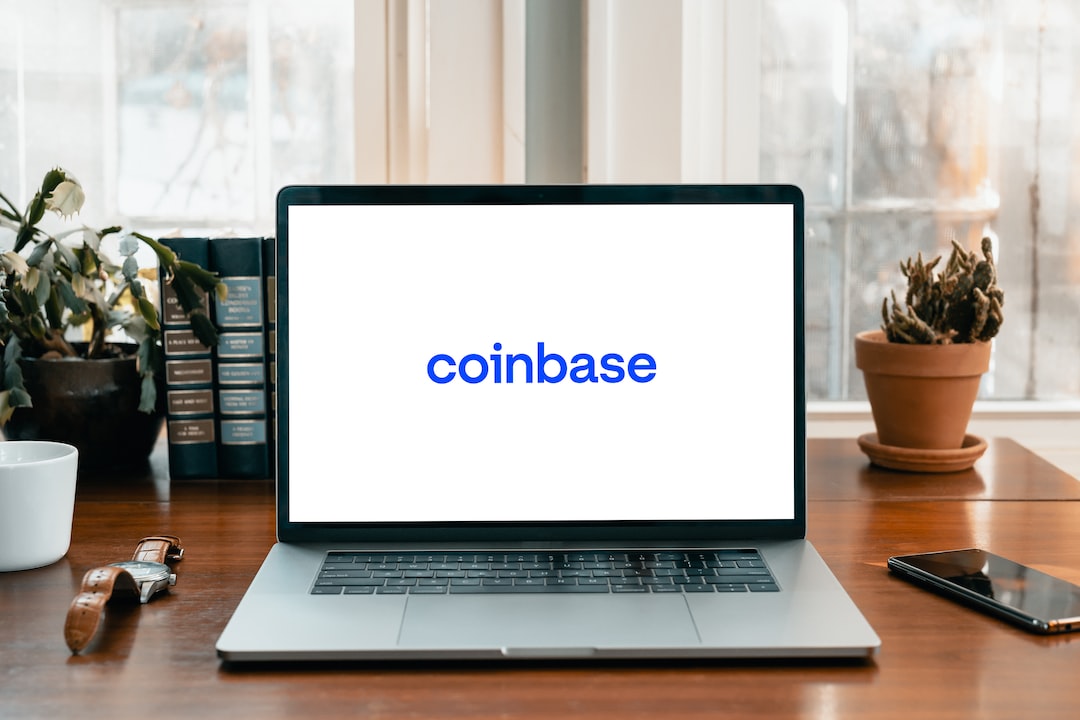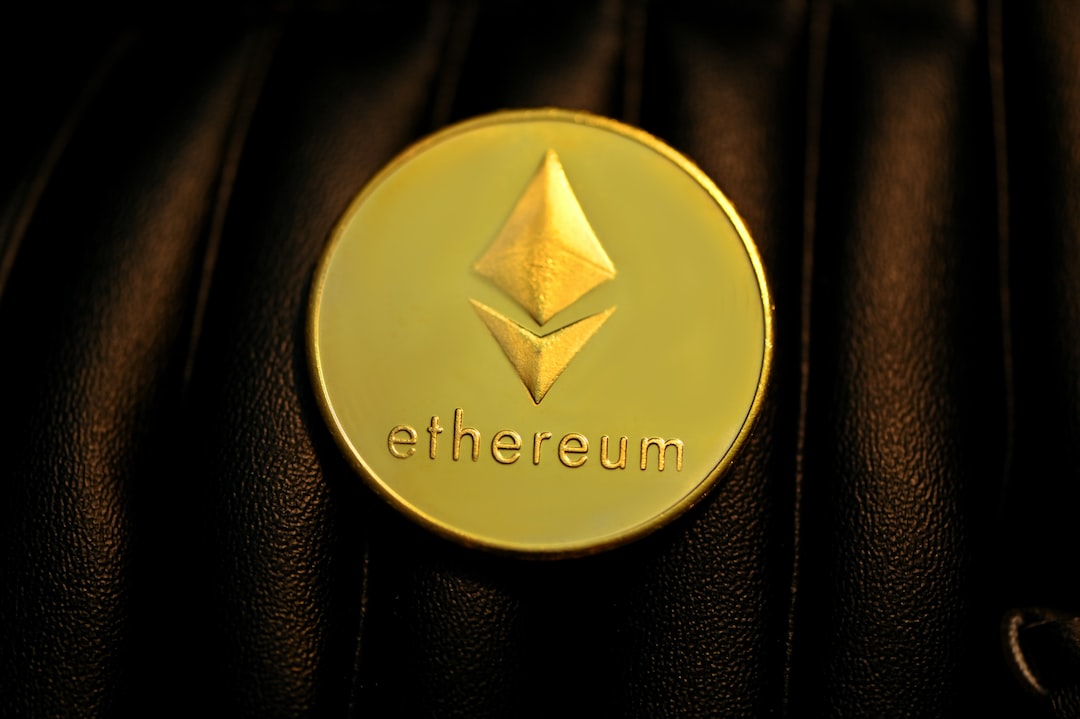The Litecoin (LTC) Halving Event: What You Need to Know
Litecoin (LTC) recently experienced its third halving event, where miner rewards are cut in half. However, unlike Bitcoin, LTC’s price tends to peak ahead of the halving event and then decline afterward. Here are the key points:
- LTC plunged to its lowest price in a month, reaching $86, following its halving event.
- LTC’s price performance during halvings differs from BTC’s behavior.
- Historically, LTC tends to peak about four to six weeks before the halving event.
- After reaching its highest price for the year at $112, LTC has declined by 22%.
- LTC’s halving cycle is characterized by anticipation, with troughs and peaks before the event.
Unlike Bitcoin, which tends to rise after halvings, LTC’s price tends to decline after peaking. This pattern suggests that LTC traders and investors may be front-running the halving event, taking profits before the supply of new tokens is reduced. While LTC’s recent decline may be disappointing to some, it aligns with the historical price behavior surrounding halvings. As always, it’s important to consider the specific dynamics of each cryptocurrency when analyzing their price movements.
Hot Take: LTC’s halving event may have caused short-term price volatility, but it’s important to focus on the long-term fundamentals of the cryptocurrency. The reduction in miner rewards is a significant event that affects the supply and demand dynamics of LTC. Keep an eye on how the market reacts in the coming months to assess the impact of the halving on LTC’s price.





 By
By
 By
By

 By
By
 By
By